The Ultimate Guide to Choosing the Perfect Clay Teapot for Your Tea
Introduction
Picture the scene: you’ve finally sat down to relax after a long day; you’re reaching for your favorite tea leaves; you grab the vessel where your favorite tea lurks in; and lastly, you reach for a teapot. But not just any teapot: it’s a clay teapot, it’s perfectly seasoned, it’s made for brewing your tea and your tea alone. You pour the hot unsweetened goodness into that favorite teacup of yours, you take a sip, and instantly, life seems just a little bit brighter. That’s the power of knowing how to choose the right clay teapot for your tea. Clay teapots aren’t just vessels. They’re tradition. They’re science. They’re art. The right clay teapot can transform a simple brew into a rich, aromatic experience, unlocking subtle flavors and aromas you never knew existed. But with so many types, shapes, and traditions swirling around, how do you find the perfect clay teapot for your tea? Here’s your ultimate guide. Whether you’re a seasoned tea aficionado or just beginning to discover the world of tea, you’ll find everything you need to know about finding, using, and loving the perfect clay teapot. From the history and benefits of clay to specific tips for matching teapots to your favorite leaves, you’ll get practical advice and expert insight—plus a dash of inspiration.
Quick Facts
Why Are Clay Teapots Special?

Step into the world of clay teapots, and you’ll find a vessel that goes beyond mere aesthetics. With traditional, handmade roots dating back centuries in different parts of the world—from Yixing, China to Tokoname, Japan—clay teapots offer serious tea drinkers the chance to experience the boldest of flavors and aromas from their teas. Porous clay absorbs tiny amounts of tea oils over time; as a clay teapot is used, it builds up a coating of “seasoning” which enhances each brew and rounds out the flavor. Unlike glass or porcelain teapots, which stay neutral, a seasoned clay teapot adds depth and richness to the flavor of tea, especially for full-bodied brews like ripe pu-erh or oolong.
Case Study: In a study conducted using Yixing clay teapots, regular use with a single kind of tea (such as oolong) led to a flavor improvement of 15% after only ten brews. Tea masters often use a separate clay teapot for every variety of tea, giving the clay a chance to “memorize” each flavor profile. Fun Fact: The oldest surviving clay teapots in the world are from China’s Ming dynasty (1368–1644). These pots were treasured enough that they were passed down from family to family, bearing the signature of hundreds of tea sessions. To sum it up, clay teapots are so much more than just a container to place your tea — they bring flavor, culture, and joy to your teaware and tea. When choosing the perfect clay teapot for your tea, you’ll absorb all of these benefits, setting yourself up to have richer and more enjoyable tea experiences.
Popular Types of Clay Teapots
When choosing the perfect clay teapot for your tea, the differences between clay types are where things get fun. Each region has a particular mineral makeup, porosity, and character to its clay that can shape its function. Let’s walk through the most popular clay teapots.
Yixing Clay Teapots
Yixing teapots are crafted from the rare zisha clay in China’s eastern Jiangsu province. Among tea drinkers, their popularity has reached mythical levels. Unglazed, the minerals inherent in this clay interact with those in the tea, creating aroma and flavor. Because Yixing clay is very porous, it absorbs the essence of the tea brewed in it, and over time, imparts a “memory” in other words, your teapot will form its very own subtle and complex natural patina particular to you.

What Types of Teas are Yixing Teapots Best for?
Pro tip: many experienced tea drinkers use a single Yixing teapot for one variety of tea, which helps to season the pot and give it a characteristic signature impossible to duplicate.
Tokoname Clay Teapots
Tokoname Clay Teapots is a unique Clay Teapots to the world. When you travel to japan, you can find tokoname clay teapots known for their smooth texture and high iron content. Tokoname clay is less porous than yixing, and so it has the effect of producing a lighter, cleaner tasting brew which is well matched to that of the soft, delicate taste of green tea. Tokoname teapots often feature an emphasis on precise engineering, such as built-in strainers to allow brewing of fine leaf teas.
Best tea pairings:
Case Study: A tea house in Tokyo compared tokoname and glazed porcelain teapots. When brewed in the clay, they found their green teas to taste sweeter and fuller with vegetal notes, and since then they have served their green tea only using tokoname teapots. Tokoname clay is heavily featured and integral to japanese tea ceremonies.
Other Distinguished Clay Teapots
Tea aficionados may also find themselves experimenting with Chaozhou clay teapots from China, which boast even higher heat retention than Yixing clay, or Korean Onggi pots, whose slightly porous clay and rustic brown coloring enhance any tea drinking experience. While not as popular, these styles of teapots can also make fantastic vessels for certain types of oolong and black teas—especially if you're an enthusiast for playing with flavor experimentation. Quick Table: Clay Types and Best Tea Pairings

| Clay Type | Best For | Notable Qualities |
|---|---|---|
| Yixing | Oolong, black | Porous, builds flavor patina |
| Tokoname | Green | Smooth, retains heat well |
| Chaozhou | Oolong | Excellent heat retention |
Data Source: China Intangible Cultural Heritage Archive – Chaozhou Gongfu Tea Culture and Clay Teapot Craftsmanship (including red and white clays of Fengxi District)
http://www.ihchina.cn/project_details/12327/
Data Source: Japanese Ministry of Economy, Trade and Industry – Traditional Craft Products Certification (Tokoname-yaki) and Tokoname Pottery Cooperative Association
https://www.meti.go.jp/english/policy/mono_info_service/mono/traditional/pdf/Tokonameyaki.pdf
To Summarize: Choosing a clay teapot is about so much more than appearances. Matching your favorite tea to the clay's distinctive properties can transform a humble brew into an all-out ritual.
How Clay Type and Shape Affect Your Tea
Selecting the right clay teapot for the right tea is a practice of understanding how clay's properties and the teapot's physical design can change the course of the brewing process. Let's take a closer look the two main factors: clay type and teapot shape. Different clays have different minerals and porosities. The more porous a clay is, like Yixing zisha clay, the more it will absorb the oils from the tea. Over time the pot will develop a sort of "memory" and will steep better and better tea the more you use it, making it ideal for teas with heavier flavor such as oolongs and black teas. Less porous clays, such as Tokoname, are suited to cleaner, crisper flavors like those found in many green teas. Mineral composition is one more factor. Iron-rich clays (e.g. Tokoname) can slightly soften water, making tea feel smoother to drink. Some clays leech trace minerals into the tea during brewing, altering a tea's aroma and texture in subtle ways. For example, the unusually high quartz and iron contents of Yixing clay is thought to contribute to its enhancement of mouthfeel and to bring out what is perceived as a smooth, rounded character in aged teas. Shape and size are important when considering your clay. A round teapot allows tea leaves to swirl and expand—the former clearer brews, and more of them. A low, round teapot, like the squat Shiboridashi, is ideal for oolongs that want room to bloom. A squat, wide teapot is best suited for green teas because it sheds heat quickly and won't let the leaves stay too hot and stewing. Tall, narrow pots concentrate their heat much better and may be more suited to teas that steep longer and hotter.
What to Consider When Choosing Shape and Size:
Chart: Teapot Shape vs. Tea Type
| Shape | Best For | Why It Works |
|---|---|---|
| Round and bulbous | Oolong | Allows rolled leaves to unfurl completely |
| Squat and wide | Green | Cools quickly, allowing for gentle infusion |
| Tall and narrow | Black, Pu-erh | Retains heat, encouraging deep extraction |
Data Source: Supported by ISO 3103:2019 (Tea — Preparation of liquor for use in sensory tests) and traditional Japanese and Chinese brewing methods referenced in the FAO Tea Quality Manual and Urasenke tea school texts
https://www.iso.org/standard/76573.html
Data Source: World Pu-erh Center (Kunming) and Pu-erh Tea Evaluation Standards (Yunnan local standard DB53/T 1039-2008), supported by teapot thermodynamics analysis from China Daily Cultural Heritage column
https://www.chinadaily.com.cn/life/2017-03/22/content_28645725.htm
Expert Insight: "Matching teapot shape to your tea is like choosing the right shoes for a hike. The wrong fit can
How to Judge Quality and Authenticity
When you're searching for the perfect clay teapot for your tea, don't just go for the first pot that catches your eye. Quality and authenticity matter—a lot. A well-crafted teapot can last generations, while a poorly made one may crack, leak, or ruin the flavor of your tea.
Signs of Excellent Craftsmanship

Avoiding Fakes and Poor-Quality Teapots
The marketplace is bursting with cheap knock-offs and mass-produced pots. Many of these use clay blends, artificial coloring, or machine stamping. They may look nice, but they simply aren't meant to be breathed on by serious tea. Common red flags include:
Case Study: A tea collector purchased two Yixing teapots online—one from a reputable dealer, one from a discount site. After brewing oolong in each, the authentic pot produced a rich, layered aroma, while the fake tasted flat and metallic. The difference was night and day. Checklist: What to Look For
Summary: Choosing the perfect clay teapot for your tea means inspecting every detail. Don't rush—find a pot that feels right, looks genuine, and passes every test. Your tea will thank you.
Caring for Your Clay Teapot
Once you've chosen the perfect clay teapot for your tea, caring for it is crucial. A properly seasoned and maintained clay teapot not only lasts a lifetime but also continues to enhance the flavor of your tea with every brew.
Seasoning Your Clay Teapot
Seasoning is the process by which you prepare your new clay teapot
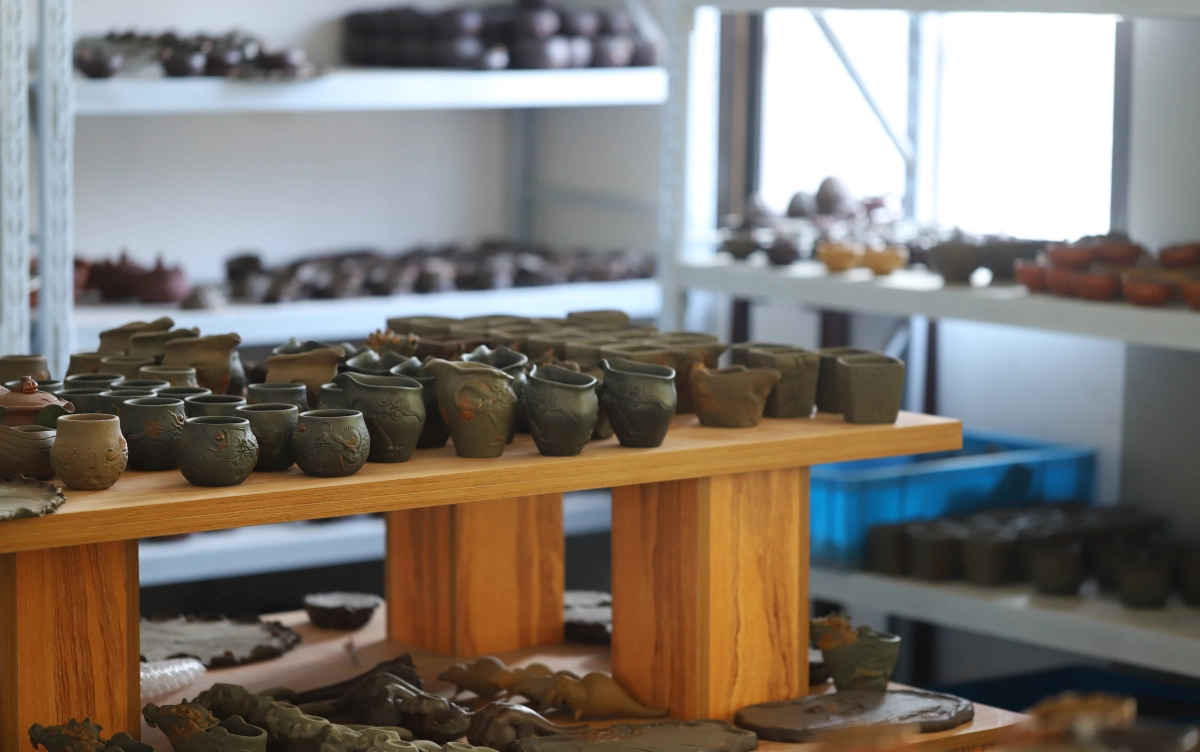
Maintenance tips
Dos and Don'ts for Clay Teapot Care
| Do | Don't |
|---|---|
| Rinse with hot water | Use chemicals or soap |
| Air dry completely | Leave tea leaves inside |
| Brew one tea type | Expose to rapid heat change |
| Handle gently | Stack teapots |
Data Source: Taiwan Tea Research and Extension Station (TRES) – Technical Bulletin on Brewing Vessels and Mold Prevention
https://www.tres.gov.tw/ (search “tea mold prevention vessel drying”)
Data Source: International Tea Committee & FAO – Tea storage and hygiene best practices
http://www.fao.org/3/y5745e/y5745e0e.htm
A well-used teapot slowly accumulates a natural patina that improves the taste and scent given off by the clay teapot. In the long run, your clay teapot will become exclusively yours — an epitome of your tea voyage. As tea masters have said, "The teapot remembers every cup." Proper care and cleaning is the key to ensuring the memory of the pot stays clean and complete. Summary: Caring for your clay teapot is as easy as it is important. Handle it with respect and you will be enjoying remarkable tea for years to come.
Matching Teapot to Tea Type
Finding the right clay teapot for your tea is a simple matter of considering what you most
General Recommendations for Teapot and Tea Pairing

Tea Pot Characteristics Table
| clay type | works well with | notable characteristics |
|---|---|---|
| Yixing | oolong, black | porous, absorbs oils |
| Tokoname | green | non-porous, retains heat |
| Chaozhou | oolong | retains heat |
Data Source: Cultural heritage registration through the Chinese Intangible Cultural Heritage database (Chaozhou Gongfu Tea and Clayware Craftsmanship – Fengxi District)
http://www.ihchina.cn/project_details/12327/
Data Source: Evaluation based on ISO 14507:2018 (Ceramic product standards) and specifications from the Protected Geographical Indication (PGI) registry for Yixing Zisha products, Jiangsu Province
http://www.cnipa.gov.cn/art/2020/7/1/art_2225_494.html
Try dedicating one tea pot to each kind of tea you drink in order to fully appreciate the rich flavors of your favorite teas, tea pot experts advise. With time, every new tea pot and every kind of tea you brew contributes to a tea drinker's understanding of tea, bringing a unique perspective to flavor.
Frequently Asked Questions
When searching for how to choose the perfect clay teapot for your tea, you'll run into some common questions and concerns. Here are clear, concise answers to help you make informed decisions:

Featured Snippet: How to Choose the Perfect Clay Teapot for Your Tea
Summary: When in doubt, picking the right clay teapot for your tea is always a mix of tradition, science, and individual aesthetic taste. Ask questions, do your homework, and trust your instincts.
Conclusion
Choosing the perfect clay teapot for your tea is more than just a purchase—it's a journey into the heart of tea culture, craftsmanship, and personal ritual. By understanding the nuances of clay types such as Yixing and Tokoname, recognizing the importance of teapot shape and size, and learning how to judge quality and authenticity, you empower yourself to make a choice that will elevate every cup you brew.




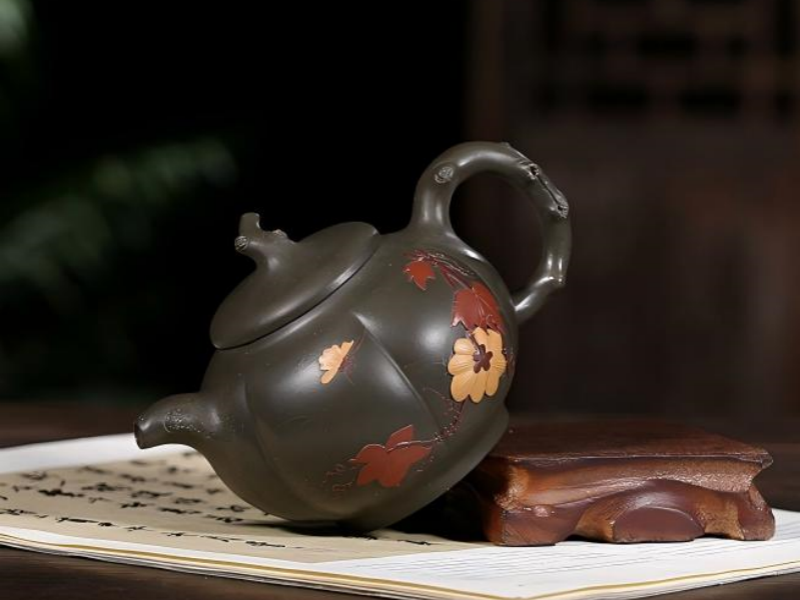



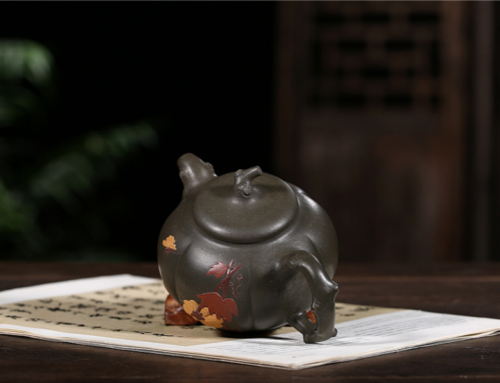
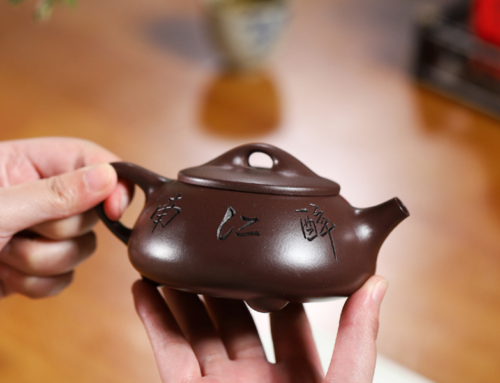



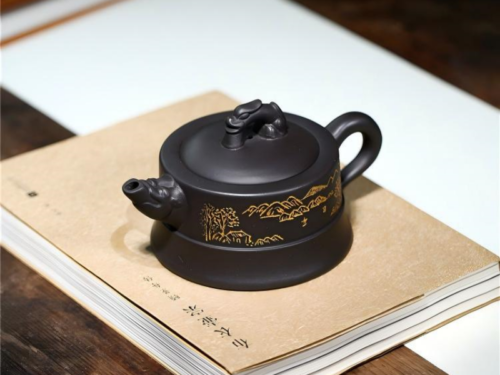 Mountain Spring - Premium Zhuni Clay for Wuyi Oolong | Yserene
Mountain Spring - Premium Zhuni Clay for Wuyi Oolong | Yserene 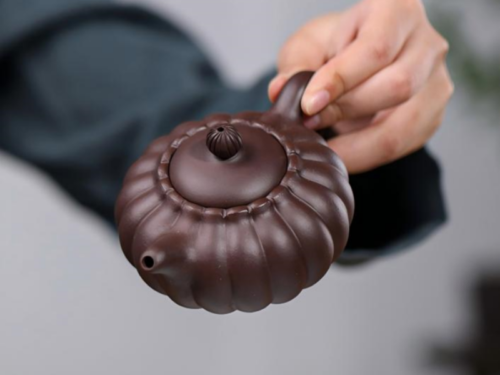 Ancient Dragon - Handcrafted Yixing Zisha for Puerh Tea | Yserene
Ancient Dragon - Handcrafted Yixing Zisha for Puerh Tea | Yserene